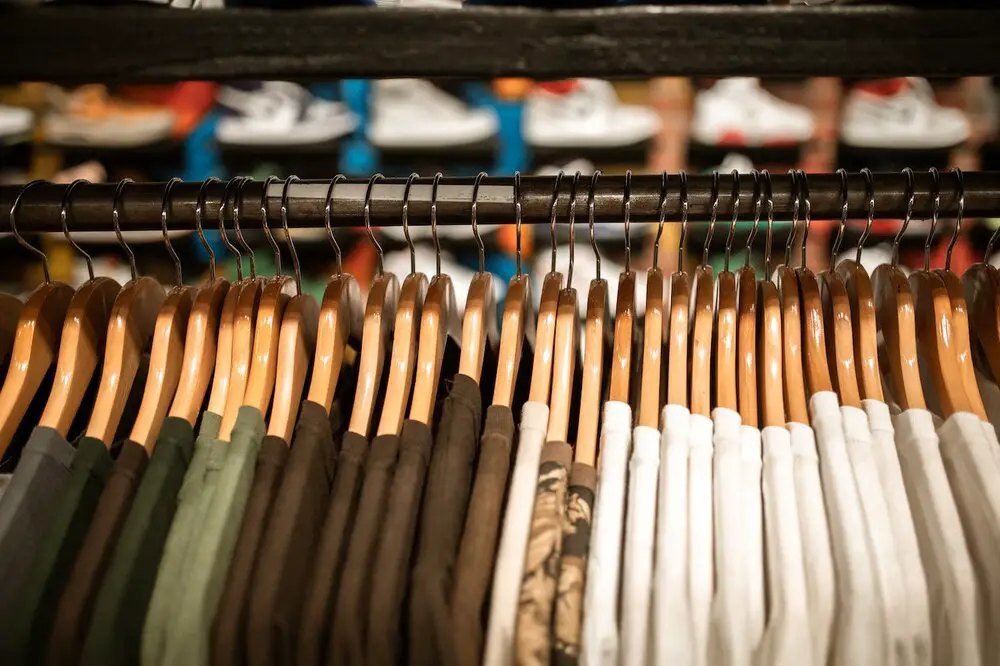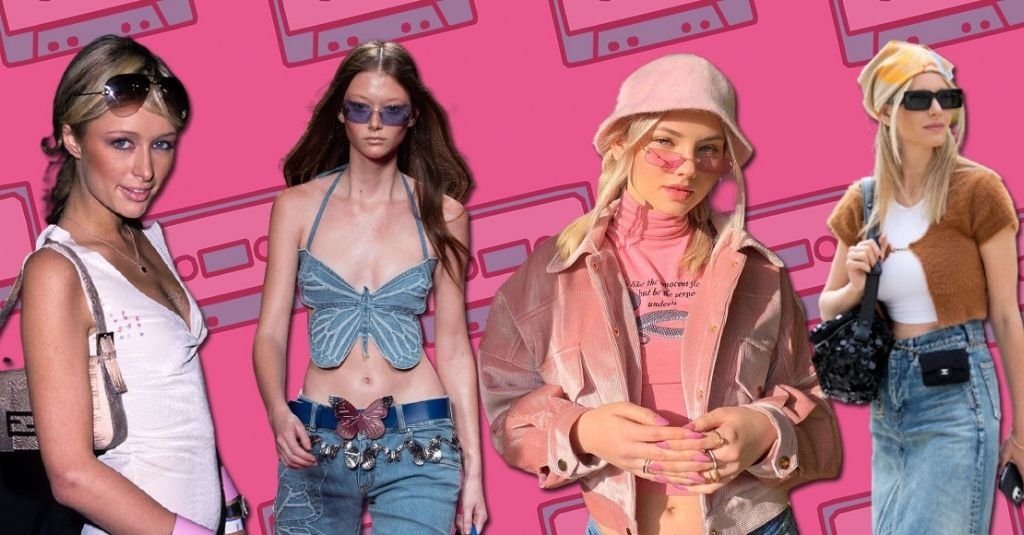Fashion has long been an industry defined by change—seasons shift, trends evolve, and styles transform. But in recent years, a powerful and enduring movement has emerged: sustainable fashion. What was once considered a niche or luxury concept is now a central focus in how we approach clothing and consumption. As environmental awareness grows and consumers demand more ethical practices, certain sustainable fashion trends have proven they’re not just temporary fixes—they’re here to stay.
Let’s dive into the key sustainable fashion trends shaping the future of the industry and why they’re becoming the new standard for style.
1. Slow Fashion Over Fast Fashion
At the heart of sustainable fashion lies the concept of slow fashion—a deliberate shift away from the rapid production and consumption model that defines fast fashion. Slow fashion encourages thoughtful purchasing decisions, emphasizing quality over quantity, and longevity over trend-chasing.
Consumers are increasingly choosing to invest in timeless, versatile pieces made from durable materials that can be worn season after season. This approach not only reduces waste and carbon footprint but also fosters a deeper connection between people and their wardrobes. Brands that adopt slow fashion principles are finding success by promoting transparency, craftsmanship, and purpose-driven design.
2. Eco-Friendly and Organic Fabrics
Traditional textile production is a major contributor to pollution and waste, but the rise of eco-friendly fabrics is changing the game. Materials like organic cotton, hemp, bamboo, Tencel (lyocell), and recycled polyester are becoming mainstream choices for both designers and consumers.
These sustainable alternatives use fewer chemicals, less water, and often rely on renewable resources. Organic cotton, for example, is grown without harmful pesticides and supports healthier ecosystems. Meanwhile, Tencel, derived from sustainably sourced wood pulp, offers a silky texture with a much lower environmental impact than traditional rayon or viscose.
The shift toward greener fabrics is not just a trend—it’s a necessary evolution in how clothes are made.
3. Circular Fashion and Clothing Recycling
The idea of circular fashion—where garments are designed, produced, and consumed in a way that extends their lifecycle and minimizes waste—is gaining momentum. Instead of clothes being discarded after a few wears, circular fashion promotes repair, reuse, resale, and recycling.
Brands are now embracing take-back programs, offering repair services, and upcycling old garments into new designs. Innovative startups are also creating fashion from recycled materials—like turning plastic bottles into activewear or repurposing deadstock fabrics into limited-edition collections.
This closed-loop approach reflects a sustainable future where fashion no longer ends in a landfill but instead lives on in new forms.
4. Secondhand, Vintage, and Thrift Shopping
Shopping secondhand has gone from a budget-friendly necessity to a full-blown fashion movement. Thanks to platforms like Depop, Poshmark, ThredUp, and curated vintage boutiques, buying preloved clothing has become more accessible, stylish, and socially accepted.
Vintage fashion offers uniqueness, character, and sustainability in one package. It diverts clothing from landfills and allows consumers to find high-quality, often designer pieces at affordable prices. As Gen Z and Millennials lead the charge in valuing authenticity and sustainability, secondhand shopping is becoming a permanent part of the fashion ecosystem.
5. Minimalist and Capsule Wardrobes
Sustainable fashion isn’t just about what we wear—it’s also about how much. The concept of the capsule wardrobe—a small collection of essential items that can be mixed and matched—has gained popularity as people seek to declutter their closets and simplify their style.
Minimalism encourages mindful consumption, focusing on staple pieces that fit well, last long, and reflect personal style. A neutral-toned blazer, classic white shirt, well-fitted jeans, and a versatile pair of shoes can go a long way in creating countless outfits without excessive shopping.
This less-is-more mentality reduces waste, saves money, and promotes a more intentional relationship with clothing.
6. Ethical Labor and Transparent Supply Chains
Sustainable fashion isn’t only about materials—it’s about people. Ethical fashion places a spotlight on fair wages, safe working conditions, and humane treatment of garment workers. With increased scrutiny of labor practices in the fashion industry, many consumers now demand transparency in supply chains.
Brands that openly share their sourcing, production processes, and labor practices are gaining trust and loyalty. Certifications like Fair Trade, GOTS (Global Organic Textile Standard), and B Corp status are becoming important indicators of a brand’s commitment to ethical values.
This trend towards accountability is not going anywhere. It’s a powerful reminder that every garment we buy affects someone’s life.
7. Digital Fashion and Virtual Wardrobes
As the fashion industry merges with technology, we’re seeing the rise of digital fashion—virtual clothing designed for online avatars, social media content, or virtual try-ons. While it might sound futuristic, digital fashion reduces physical waste by offering style without material consumption.
Virtual wardrobes and try-on apps are also helping reduce return rates in e-commerce, cutting down on packaging waste and emissions. For influencers, gamers, or anyone creating digital content, digital fashion is a new, eco-friendly frontier that’s gaining traction and opening up creative possibilities.
8. Local and Small-Scale Production
Supporting local artisans, small businesses, and made-to-order fashion is another trend with long-lasting impact. Small-scale production typically means less waste, more attention to detail, and stronger relationships between makers and buyers.
Many consumers are now choosing to support independent designers who use ethical practices, handcraft garments, or operate within their own communities. This also contributes to regional economies and helps preserve traditional craftsmanship techniques that could otherwise be lost in mass production.
9. Gender-Neutral and Inclusive Fashion
Sustainability also intersects with inclusivity and gender-neutral design. Brands embracing body positivity, diversity, and unisex fashion are creating more inclusive spaces while reducing the need for separate gendered inventory.
Genderless fashion supports sustainability by simplifying collections, extending the usability of garments, and encouraging clothing that defies temporary, binary-based trends. As societal norms evolve, so too does fashion’s approach to identity and expression.
10. Conscious Consumerism
At the core of every sustainable trend is a shift in mindset: conscious consumerism. People are no longer just buying clothes—they’re buying values. They ask questions: Who made this? What is it made of? How long will it last? Where will it go when I’m done with it?
Educated consumers are holding brands accountable and choosing to support those aligned with environmental and social responsibility. This long-term behavioral shift is what makes sustainability a movement—not just a moment.
Final Thoughts: Sustainability as the New Standard
Sustainable fashion is no longer a fringe movement—it’s a necessary and powerful evolution of the fashion industry. As more people prioritize the planet, people, and personal values over fleeting trends, these eco-conscious practices are becoming deeply embedded in the way we create, wear, and think about fashion.
From secondhand treasures to circular systems and ethical production, these sustainable fashion trends are here to stay—not just because they’re better for the environment, but because they reflect the values of a generation that cares.
Fashion can still be expressive, bold, and beautiful—but now, it can also be responsible, ethical, and enduring. And that’s a trend we can all get behind.



